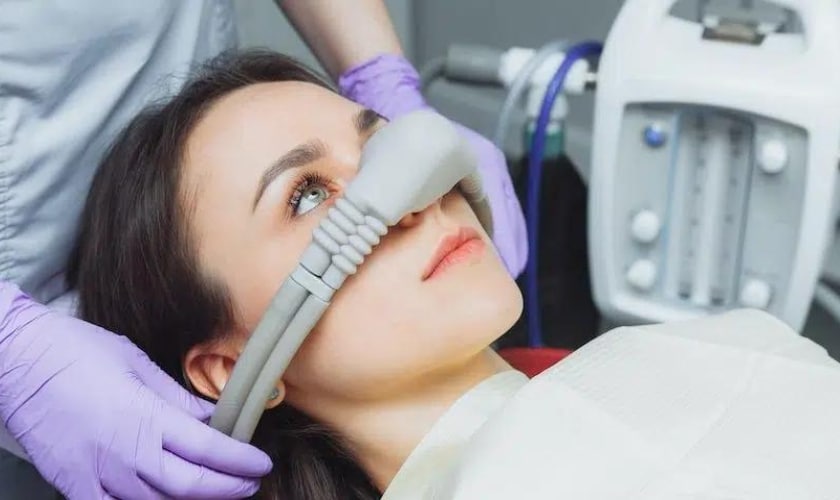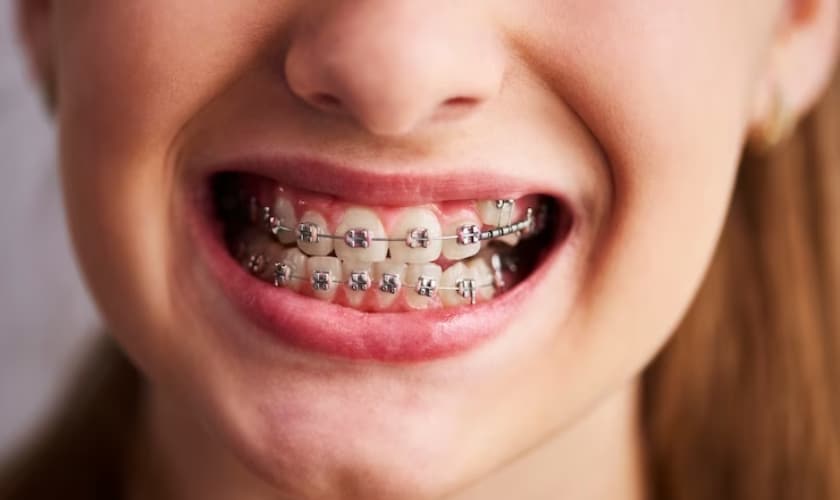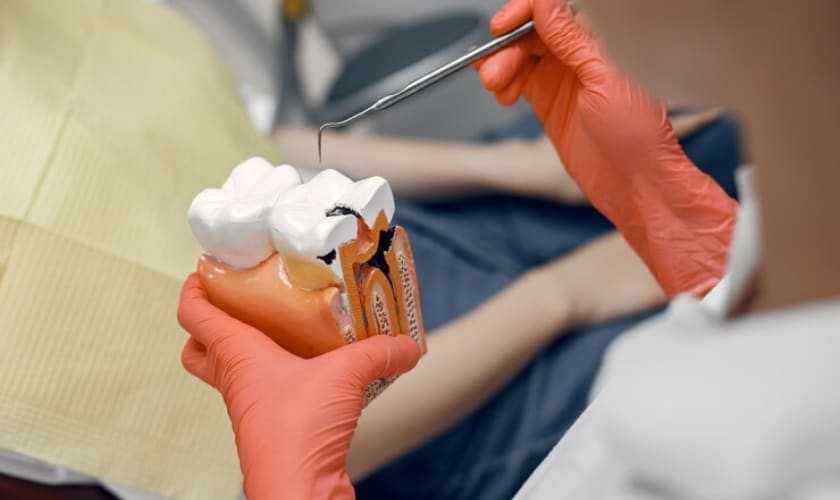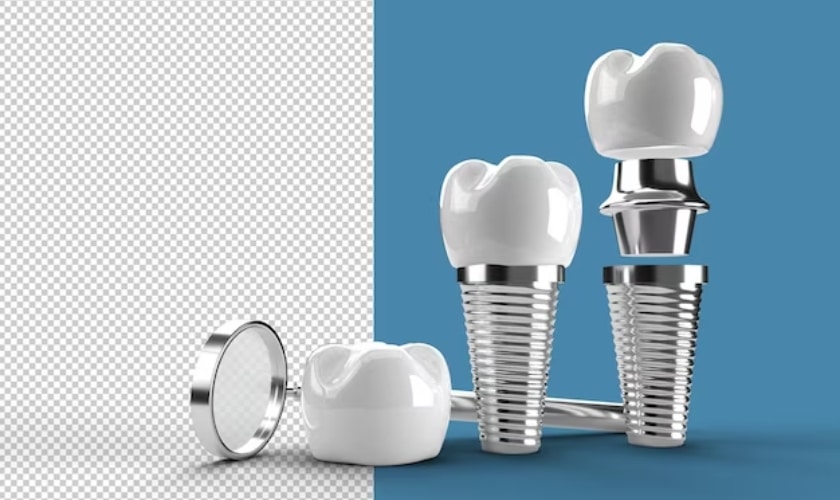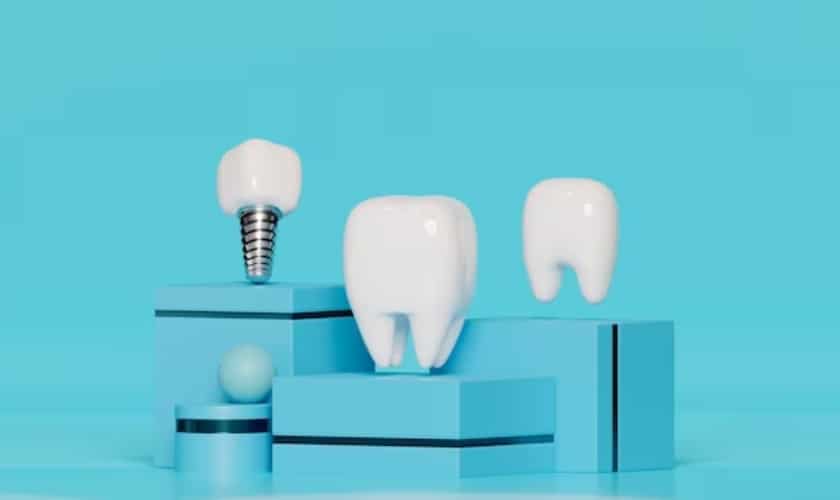Understanding TMJ Dysfunction
Temporomandibular joint dysfunction, commonly known as TMJ, is a condition that affects the jaw joint and the surrounding muscles. This dysfunction can manifest in various symptoms, ranging from jaw pain and headaches to difficulty chewing and a limited range of jaw movement. Understanding the underlying causes of TMJ dysfunction is essential for effective treatment, as factors such as stress, arthritis, and injury can play significant roles in its development.
Consultation with a dental professional is crucial in assessing TMJ dysfunction. They may recommend a variety of treatments tailored to the root cause of the issue, ranging from physical therapy and splints to more advanced interventions. Early detection and intervention can lead to better outcomes and improved quality of life for individuals suffering from this condition.
Post-Care After Sedation Dentistry
After undergoing sedation dentistry, proper post-care is vital to ensure a safe and comfortable recovery. Patients may experience lingering grogginess, so it’s recommended to arrange for someone to accompany them home. Beyond transportation, it’s essential to follow your dentist's instructions regarding fluid intake, dietary restrictions, and any prescribed medications, as this aids in healing and minimizes discomfort.
Additionally, monitoring one's condition in the hours following sedation is important. Patients should be aware of any unusual symptoms such as excessive bleeding or prolonged dizziness, and contact their dentist if these occur. Taking it easy for the remainder of the day and avoiding strenuous activities will help in achieving optimal recovery after sedation dentistry.
Braces Care and Maintenance
Caring for traditional braces is crucial for ensuring successful dental treatment. Regular brushing and flossing become more significant due to the brackets and wires that can trap food particles and plaque. Patients should consult their orthodontist for tips on effective cleaning techniques tailored to their braces to avoid discomfort and cavities during their treatment.
Moreover, while adjusting to braces, individuals may experience irritation in the mouth caused by the metal components. Over-the-counter pain relief and orthodontic wax can help alleviate discomfort. Keeping up with regular orthodontic visits also allows for ongoing adjustments and oral health evaluations, ensuring that the orthodontic process is as smooth as possible.
Exploring Tooth Anatomy
The intricate structure of teeth is fascinating and plays a vital role in overall dental health, particularly concerning dental implants. Teeth are composed of different layers: enamel, dentin, pulp, and cementum, each serving specific functions that contribute to their durability and effectiveness in processes like chewing and speaking. Understanding these layers is essential for both patients and dental professionals when discussing potential treatments, such as dental implants.
Dental implants specifically benefit from this knowledge as they are designed to mimic the natural tooth structure. For instance, the implants are anchored in the jawbone, similar to the root of a natural tooth, providing stability and support. As such, a thorough understanding of tooth anatomy is crucial in ensuring successful implant procedures and the maintenance of long-term dental health.



